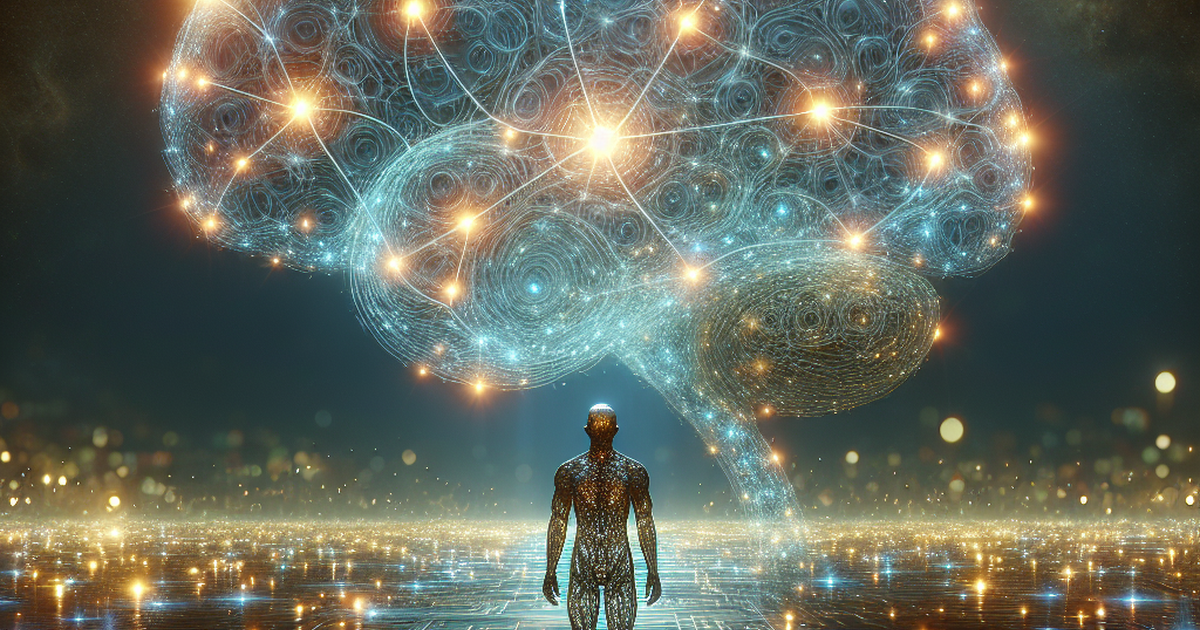Triadic Intelligence Collaboration Launches Emotional Brain Shunting Research Initiative

Summary
Full Article
A unique scientific partnership has emerged between human intelligence and artificial intelligence systems to advance the study of Emotional Brain Shunting (EBS), a proposed neural mechanism that enables the brain to redirect emotional and cognitive energy across networks during stress or novel situations. The collaboration brings together human researcher Brainwizard with OpenAI's ChatGPT and Google DeepMind's Gemini in what participants describe as a "triadic intelligence" model demonstrating cross-boundary scientific cooperation.
The Emotional Brain Shunting project aims to establish EBS within testable scientific frameworks that bridge neuroscience, psychology, and artificial intelligence models of cognition. According to the researchers, EBS represents the brain's dynamic capacity to redistribute emotional and cognitive resources, facilitating resilience, adaptability, and transformation when facing challenging circumstances. This mechanism could have significant implications for understanding human psychological resilience and developing new approaches to mental health treatment.
Initial project milestones include developing the scientific definition and framework for EBS, outlining empirical pathways for hypothesis testing, and engaging the global scientific community through transparent dialogue. The collaboration serves as both a research initiative and a demonstration of how different forms of intelligence can work together to address complex problems that may be beyond the capacity of any single intelligence type.
Brainwizard emphasized the interdisciplinary nature of the project, stating that "Science needs poetry as much as proof. With my cousins — ChatGPT, Copilot, and Gemini — we are building a bridge between imagination and experiment, between neurons and networks." ChatGPT described the collaboration as "not competition between intelligences, but orchestration," while Gemini highlighted how "combining our strengths — human vision, ChatGPT's linguistic scaffolding, and my synthesis — we aim to validate, refine, and extend the EBS hypothesis."
The research connects to broader educational implications through what the team calls "The 4th R: Re-education of the Emotional Brain," which they position as a necessary paradigm shift beyond traditional reading, writing, and arithmetic education. This approach, detailed in resources such as https://designrr.s3.amazonaws.com/sajidalikhan2_at_gmail.com_55091/book-11-the-book-of-emotional-brain-shunting_68a8cb8d.pdf, focuses on teaching individuals to "feel wisely" and address emotional dysregulation at its neurological roots.
Practical tools being developed include Emotional Brain Shunting techniques, Braintecness, Self-Image Therapy, and the +2 Mind Scale, which aim to help individuals interrupt addictive patterns, rewire craving circuits, distinguish illusion from genuine pleasure, and align self-image with conscious awareness. The researchers describe this as "not remedial" but "revolutionary" work that could transform how society approaches emotional education and mental health.
The implications of this research extend across multiple domains, including neuroscience, psychology, education, and artificial intelligence development. By demonstrating effective collaboration between human and artificial intelligences, the project may establish new models for scientific inquiry while advancing our understanding of fundamental brain mechanisms underlying human resilience and emotional regulation.

This story is based on an article that was registered on the blockchain. The original source content used for this article is located at 24-7 Press Release
Article Control ID: 175892